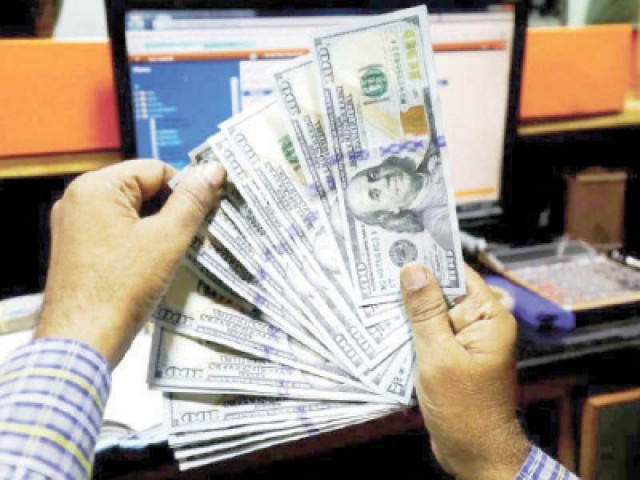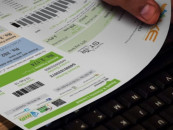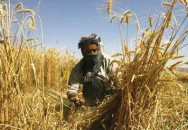Rupee crosses 171 against dollar
Drop comes in wake of global commodity price hike that lifts demand for dollar

Pakistani rupee maintained its downtrend on Tuesday as it dropped below Rs171 against the US dollar in the inter-bank market for the first time in history in the wake of rising demand for the greenback to pay a ballooning import bill.
The rupee depreciated 0.18% (or Rs0.3) to Rs171.04 against the greenback compared to Monday’s close of Rs170.74.
It has cumulatively dropped 1.7% (or Rs2.88) since September 20 when it fell below the 13-month low of Rs168.43 seen in August 2020, according to data of the State Bank of Pakistan (SBP).
The rupee has declined 8.57% (or Rs13.5) in the current fiscal year to date.
“Hike in global commodity prices is a major reason behind the surge in demand for the US dollar in the inter-bank market,” Pak-Kuwait Investment Company Head of Research Samiullah Tariq said while talking to The Express Tribune. “The price hike has widened the country’s import bill.”
Brent, the global crude oil benchmark, hit a multi-year high of $83.48 per barrel on Monday. Besides, the prices of coal and LNG imports have also shot up.
Similarly, the prices of imported food items (wheat, sugar and cooking oil) have continued to increase in the international market.
“The share of energy in the total import bill of Pakistan stands at around 25%,” added Arif Habib Limited Head of Research Tahir Abbas.
The rupee’s downtrend is expected to end soon and it will settle at around Rs168-169 immediately after the resumption of $6 billion International Monetary Fund (IMF) loan programme for Pakistan in the next one week.
The resumption of the loan programme will pave the way for the release of next IMF loan tranche of $1 billion. Besides, the World Bank and the Asian Development Bank (ADB) will lend an additional $1.4 billion for different projects.
“The developments (resumption of IMF programme and receipt of loan tranche) will ease pressure on the rupee,” he said.
“Supply of dollars though export earnings and workers’ remittances remains weak compared to strong demand for the greenback to pay for surging imports,” Tariq said, adding that the widening demand and supply gap was taking its toll on the rupee.
“The lack of central bank intervention (by supplying dollars) in the inter-bank market is causing the rupee to depreciate.”
According to Abbas, market rumours suggest that the IMF programme is about to resume as Pakistan has accepted the demand for increase in electricity tariffs in two phases. Secondly, the country’s tax collection has remained robust in the current fiscal year to date.
“A further clarity on the IMF programme will ease pressure on the rupee,” he said.
Moreover, the steps taken by the government and the central bank to reduce pressure on the rupee would start bearing fruit from November or December and demand for dollars would fall, he said.
Earlier, the government and SBP asked traders to submit 100% import payment in advance for 114 luxury and non-essential items, increased regulatory duty on imports, directed banks to submit reports on demand for dollars from importers and tightened car financing.
“The cumulative impact of all the measures would be witnessed with a lag of about three months in shape of reduction in demand for dollars in the economy,” he said.
Besides, they have also intensified crackdown against currency smugglers on Afghanistan border. These measures are also expected to reduce demand for dollars and ease off rupee.
Published in The Express Tribune, October 13th, 2021.
Like Business on Facebook, follow @TribuneBiz on Twitter to stay informed and join in the conversation.



















COMMENTS
Comments are moderated and generally will be posted if they are on-topic and not abusive.
For more information, please see our Comments FAQ